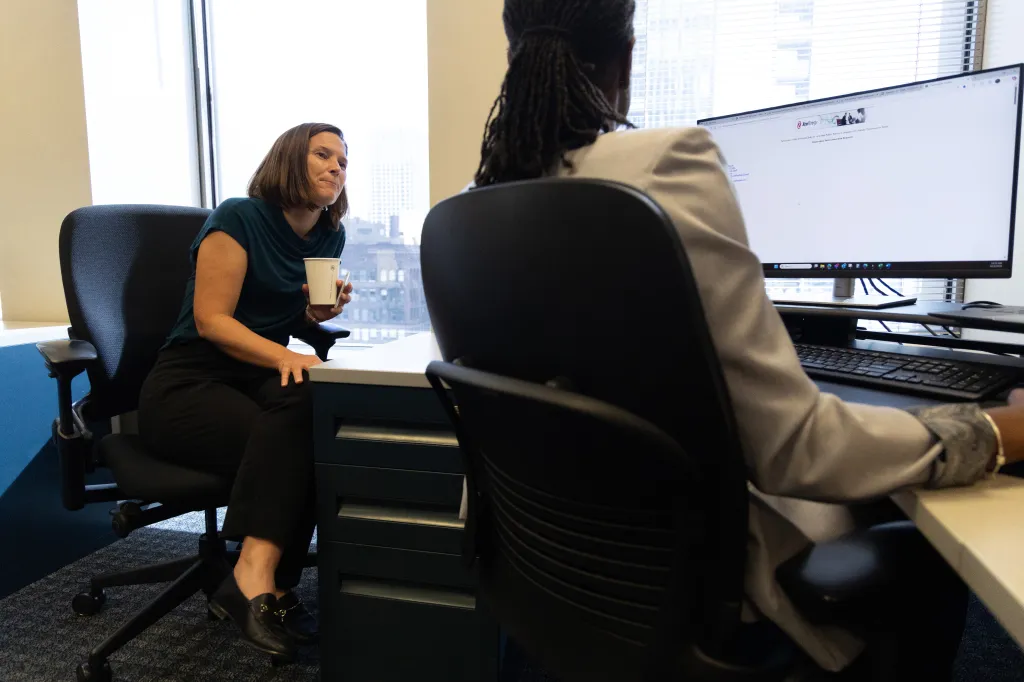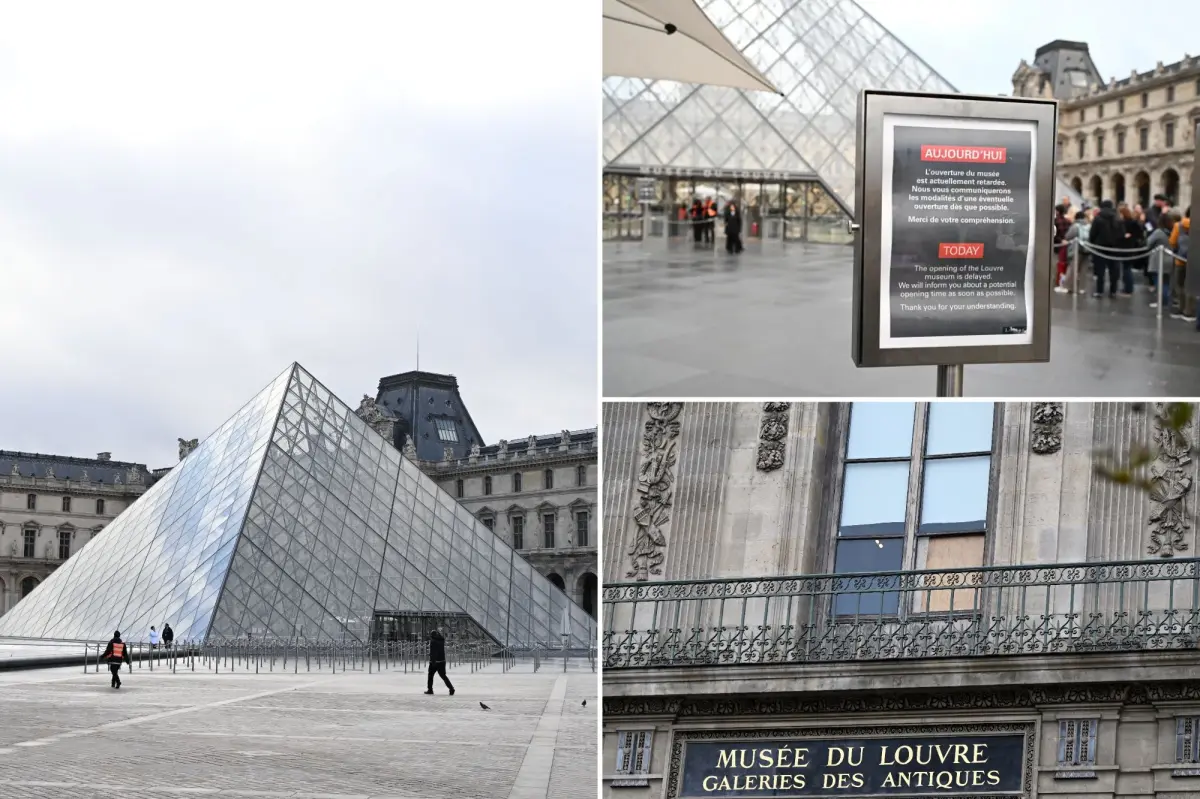Copyright Chicago Tribune

Sargent & Lundy shares its history with that of the electric power industry itself. Two years after being founded by Frederick Sargent and Ayres Lundy, the architect engineering firm helped introduce electric lights at Chicago’s 1893 World’s Fair. Today, the Chicago-based company is a global leader in engineering and design for the power industry. Its revenue has spiked 52% since 2023, and it hit a milestone last year by becoming a billion-dollar company. Engineering News-Record ranks it No. 1 in nuclear plant design, No. 2 in conventional power plants and No. 3 in power overall. Leaders of the firm say its workplace culture is the spark that lights the way. “We’ve created an environment where employees’ voices are heard, their work is valued and they can build a long, thriving career,” Chairman, President and CEO Victor Suchodolski said. He notes 115 employees have been with the company for four decades or more. He takes pride in that and the fact that while its headcount has spiked 60% since 2023, attrition is at historic lows. Sargent & Lundy is ranked No. 7 among large employers on the Chicago Tribune’s list of Top Workplaces, as measured by the consultancy Energage in Exton, Pennsylvania. Sargent & Lundy employs more than 1,400 in the Chicago area, and more than 4,000 worldwide. The company’s culture is collaborative, people-centered and designed to enable it to have a positive, meaningful impact on the world, clients and employees, said Meghan Wilhelm, vice president of human resources. Listening to employees is critical to maintaining that culture, she said. To foster communication and innovation, the company launched an Innovation Hub, a grassroots way for staff to put forward ideas for improvements, said Michael Helminski, executive vice president, finance and legal. Employees review and vote on what to recommend to leadership for implementation. Among the hub ideas that have been put in place are expanded drone training and equipment. The company uses drones to inspect transmission lines and substations. The first year after expanding the program, 10 employees attained FAA certification to pilot drones, said spokeswoman Brenda Romero. This expanded the firm’s ability to perform inspections and laser scans of facilities, she said. In response to hub recommendations, the firm made computer tablets available for staff to use at project sites to view drawings and take photos, enabling them to mark dimensions and take notes directly on the photos. It’s no longer necessary to have multiple drawings and sketch papers in the field, Romero said. The firm also enhanced employee benefits to include paid bereavement leave for staff who experience miscarriages, unsuccessful IVF treatments and failed adoptions, and it expanded paid parental leave. Professional development is supported. The company offers tuition assistance to help employees earn advanced degrees or take courses that help them excel in their profession, Wilhelm said. Internal training is also provided. New employees are assigned mentors, and as part of the company’s Quality Management System, subject matter experts provide guidance to help broaden employees’ individual capabilities, Wilhelm said. “Sargent & Lundy does a good job of supporting us and making sure we are working within our strengths and trying to work on our weaknesses to grow and stretch you,” said Jasmine Robinson, an engineer in the company’s project management office. Shortly after she started working for the company, Robinson was encouraged by her supervisor to go to Canada to work in the field on a project. “She pushed me to go into the field, to build relationships with clients, contractors, people actually doing the work,” and that was beneficial, Robinson said. Staff learn from and support each other, said Catherine McKnight, manager in quality assurance and an engineer. “People get together, share lessons learned, projects they’ve worked on and present on those and the issues they had, how they resolved them,” she said. “There’s sharing across the organization and a community of people doing similar work.” As part of its focus on open communication and transparency, Suchodolski leads semi-annual all-hands meetings and executive staff lead town halls. Quarterly check-ins take place with supervisors to discuss performance and career development goals, what’s working, barriers and how supervisors can provide support. The company believes in celebrating success. It provides celebratory bonuses to all employees when the company’s performance is excelling, and has done so the last two years, Suchodolski said. In recognition of the importance of work-life balance, Sargent & Lundy allows staff to work remotely two days a week. The company also helps foster a sense of belonging through 80 employee-founded clubs and resource groups, including a board game club, a comic book club, a triathlon team, a climbing club, and baking and parenting clubs. Charitable giving is a priority. The firm partners with the Boys & Girls Clubs of Chicago and has raised more than $700,000 for the nonprofit. Since 1998, Sargent & Lundy has given more than $9.8 million to the United Way, and it is a Top 10 Corporate Partner of the United Way of Metro Chicago, Suchodolski said. The company also provides paid time off for employees to volunteer each year. “It’s showing they care not just about what’s happening inside Sargent & Lundy but also outside,” Robinson said. “That speaks volumes to the character of the company.” Robinson is one of the company’s so-called boomerang employees — individuals who left the firm and later returned. She worked for the company from 2008 to 2019 and came back in January. “I started thinking about my time within the industry and where I was,” she said. “I wanted to be able to continue to grow within the industry and have the flexibility to do nuclear, fossil, transmission and distribution. The people, the flexibility and the major support were the reasons I came back.” Leadership engagement is important and genuine at the company, said McKnight, who talked about a day when she found herself on an elevator with Suchodolski and roughly 10 other employees, most of whom were not his direct staff. “He knew every single one of our names,” she said. “That level of leader engagement in the folks doing the work, I think, is one of the things that is making us successful. It helps foster this workplace environment for sure.”



